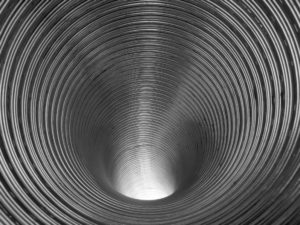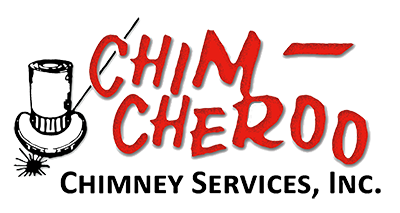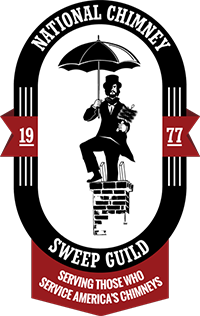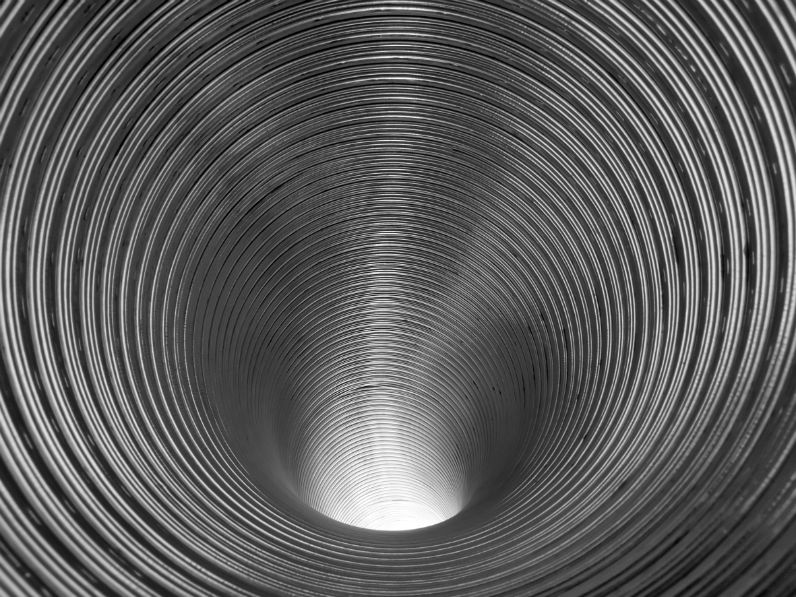Homeowners that are fortunate enough to have a fireplace need to be aware of certain features of their chimneys and the maintenance of these features. Two of these are  chimney liners and heat shields. First, though, it might be a good idea to define what each of these is and the role they play in fireplace safety.
chimney liners and heat shields. First, though, it might be a good idea to define what each of these is and the role they play in fireplace safety.
Chimney Liners
When you start a fire in your fireplace, you probably don’t think about what is happening inside your chimney. You know that the chimney is there to direct the smoke and other gasses out of your home, but can the heat of the fire actually do damage to the inside of your chimney? Not if you have a properly constructed and installed chimney liner.
So what is a chimney liner? According to the Chimney Safety Institute of America, the definition of a liner in a masonry chimney is “(A) clay, ceramic, or metal conduit installed inside of a chimney, intended to contain the combustion products, direct them to the outside atmosphere, and protect the chimney walls from heat and corrosion.” It’s obvious that the chimney liner plays an important role in keeping your family and your home safe from the dangers of a chimney fire.
Most newer homes have chimney liners already installed. However, if you have an older home (older than the 1940s), it is possible that your home does not have a liner. You can try to check this out yourself, but a better way to be sure that you have a liner would be to call a CSIA certified technician to check it out. Not only will this professional be able to tell you if you have a liner, but also if it is in a good state of repair or if it needs repairs or replacement.
Purpose of Chimney Liners
Chimney liners have three basic purposes. Chimney Safety Institute of America informs that first, a chimney liner protects the combustible items in your home from heat transfer from your chimney, thus helping to prevent a fire inside your home. Another thing that the liner does is protect your masonry chimney from the acidic flue gases produced by your fire. These gases can eat away at the mortar joints inside your chimney, which could eventually allow the gases to leak into the living areas of your home. Chimney liners also cause your chimney to be more efficient because they fit the needs of the appliance that is connected to your chimney. Incorrect sized liners can cause creosote buildups and carbon monoxide production.
Repair or Replacement?
The professional technicians at Chim Cheroo Chimney Service are CSIA certified and trained to inspect your chimney and determine whether your chimney liner can be repaired or if a new chimney liner is needed. If they determine that your liner needs repair, they may recommend HeatShield, which is a sealant product that can be used to repair your chimney.
If it is found that your chimney liner needs to be replaced, Homesaver recommends that a stainless steel chimney liner be used. Chim Cheroo Chimney Service experts install stainless steel liners when they determine that replacement is necessary.
Be sure to call the experts at Chim Cheroo Chimney Service for all your chimney inspection, cleaning, repair and replacement needs.



